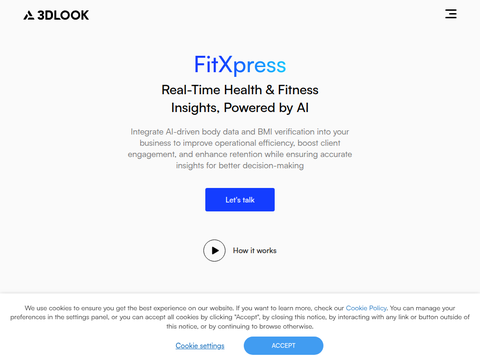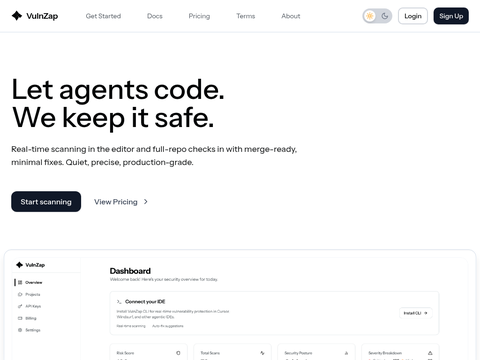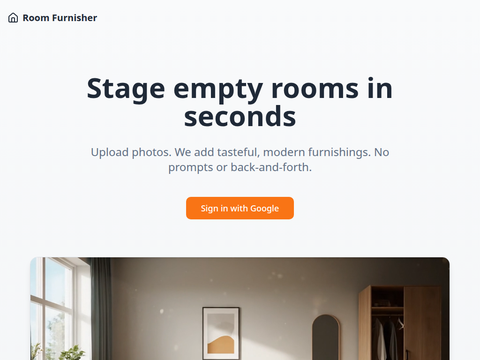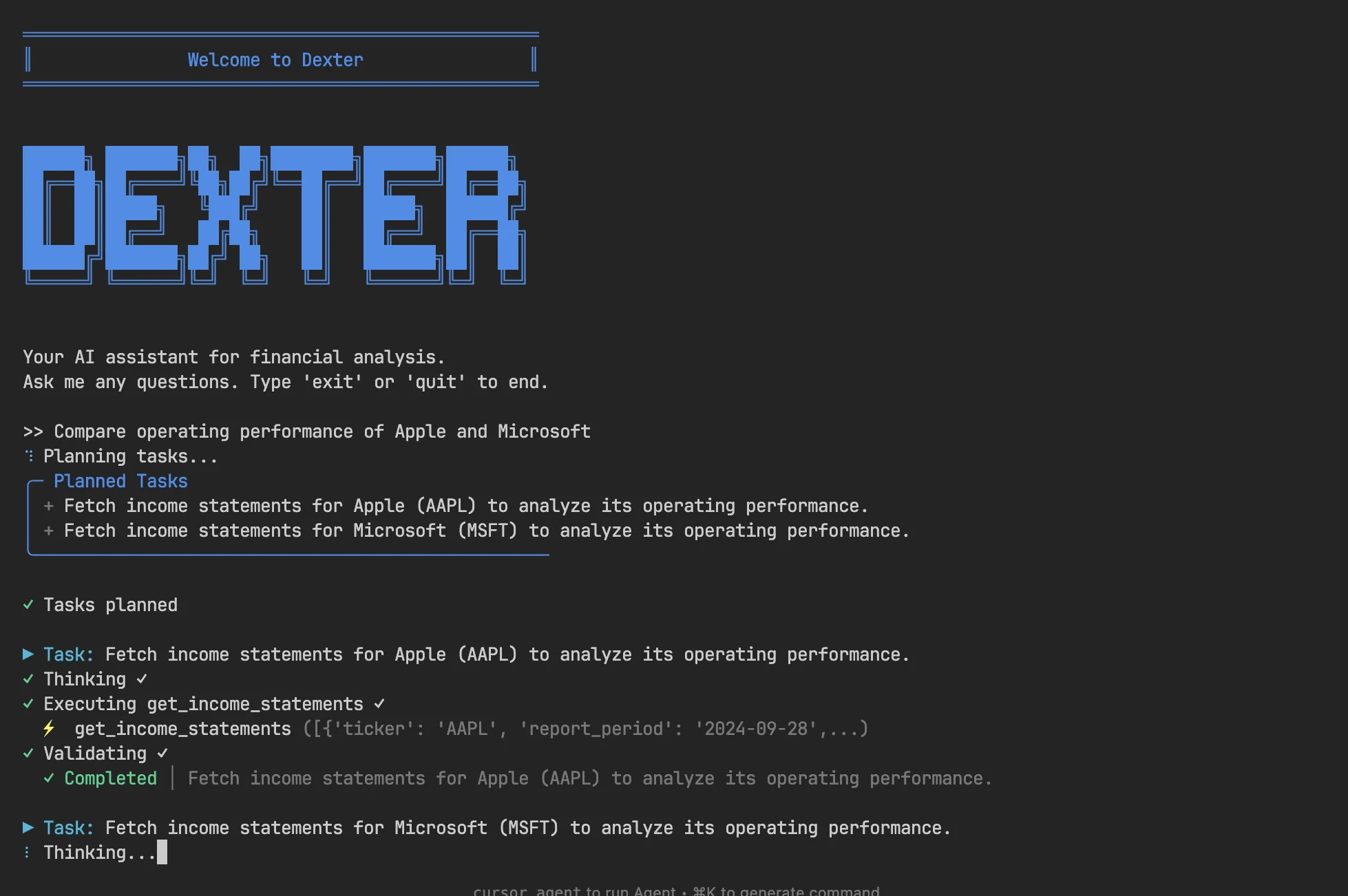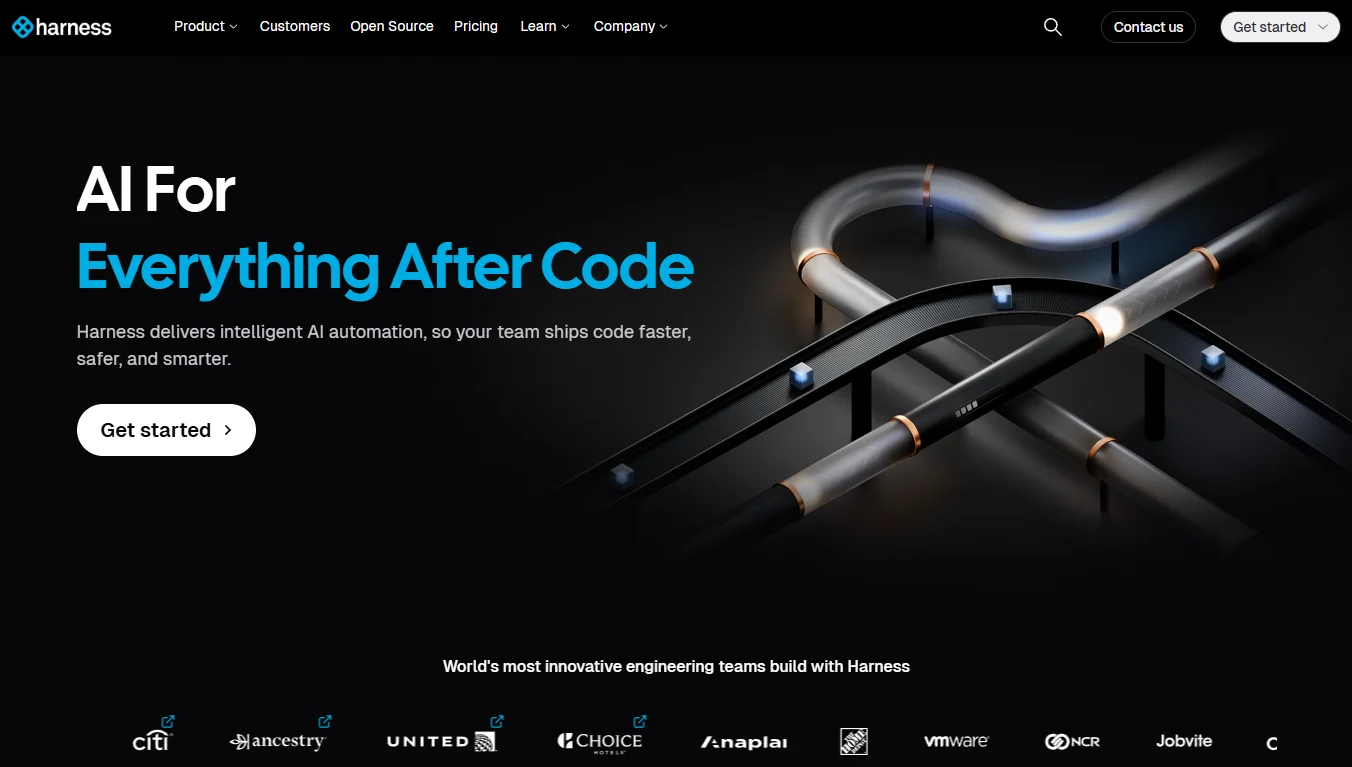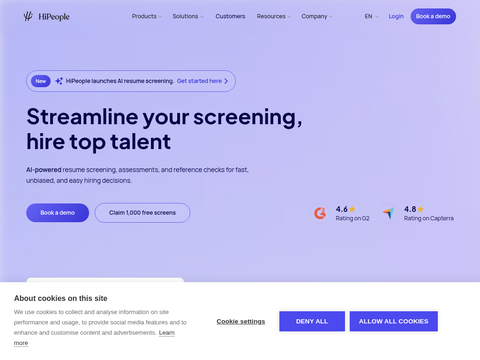In the wake of months of speculation surrounding tensions over Artificial General Intelligence (AGI), Microsoft and OpenAI have finally redefined the boundaries of their partnership.
A joint statement published on both companies’ websites unveiled a new definitive agreement that updates ownership terms, extends intellectual property rights, and formalizes how they will jointly pursue AGI.
Partnership on Pause
As early as July, reports exposed a hidden clause in OpenAI’s contract with Microsoft—one that threatened to dismantle one of tech’s most powerful alliances.
The so-called AGI clause granted OpenAI’s board sole authority to declare the arrival of AGI. While Microsoft could continue using existing models, it risked losing access to future versions once AGI was declared or if certain profitability thresholds were met.
The issue went further: the contract also barred Microsoft from independently developing AGI using OpenAI’s research, leaving Redmond dependent on its partner’s pace and definition. At the time, Microsoft CEO Satya Nadella sought to downplay the risks.
Neither company commented publicly in detail, fueling weeks of speculation that the partnership was unraveling. As the silence persisted, what had been one of the industry’s most-watched collaborations appeared to stall—setting the stage for this week’s announcement.
New Terms, New Chapter
Described as the “next chapter” of their collaboration, the new agreement marks a reset grounded in transparency and shared governance. OpenAI will transition into a public benefit corporation, a move Microsoft supports, and the tech giant will retain a 27% stake valued at approximately $135 billion.
Critically, the power to declare AGI will no longer rest solely with OpenAI’s board. That decision will now be made by an independent panel of experts, ending months of uncertainty over who gets to define AGI’s arrival.
Allied, Yet Unbound
The partnership’s boundaries have been redrawn—but not broken. Microsoft’s intellectual property rights now extend through 2032, covering models developed even after AGI emerges, with access and accountability balanced through safety safeguards.
OpenAI gains new flexibility: it can now co-develop products with third parties, release open-weight models meeting specific capability benchmarks, and expand its infrastructure beyond Azure.
Meanwhile, Microsoft maintains a deep cloud connection through a $250 billion Azure commitment—even as it relinquishes its right of first refusal. This is not a breakup, but a recalibrated alliance designed to preserve autonomy for both sides.
What Else Has Changed?
Beyond the headline updates, the agreement fine-tunes how each company can use and develop advanced AI systems:
- Microsoft can now independently pursue AGI—either alone or with other partners—a significant shift from the previous restriction barring AGI development without OpenAI.
- Research-related intellectual property rights remain valid until either AGI is verified by the expert panel or 2030, covering internal methodologies and model development.
- If Microsoft builds AGI using OpenAI’s technology before an official AGI declaration, it must stay well below current training-system compute thresholds.
- Revenue sharing continues until AGI is validated, though payments will now be spread over a longer period.
- Consumer hardware is excluded from Microsoft’s IP rights, preserving OpenAI’s independence in device-related ambitions.
- OpenAI can now offer API access to U.S. national security customers on any cloud platform—not just Azure.
Each provision strengthens collaborative safeguards while granting room for independent growth—a pragmatic balance between protection and progress.
Realigning Power and Purpose
Even before this updated agreement, both companies had begun charting separate paths. OpenAI signaled that Azure would no longer be its exclusive home by partnering with Oracle.
Microsoft, for its part, expanded its own ecosystem—integrating Anthropic’s Claude into Microsoft 365 and adding Elon Musk’s Grok model to Azure AI Foundry. These moves clearly indicated the company was opening its doors to competitors.
Such actions suggested the partnership had already evolved in practice long before it was rewritten on paper. The new agreement simply formalizes this reality: while their visions remain aligned, exclusivity is no longer part of the equation.


